An Emoji Story
Can you guess what this is?

Interestingly, when I listened to the interview with Gretchen McColloch, she briefly mentioned that a study she cited a lot found that the generations use the internet a lot does not necessarily translate into using internet speaking features in everything they write. She even made an example of writing internet news in entire emoji (David McRaney, 2020, 25:55). I remember thinking to myself, “well, that would be interesting to try,” and voilà, and here it is, task 6!
The Production
I chose this piece because this is the most recent one that I still have a clear memory of and just started describing the content. I was a little reluctant to put the title because I felt my title would be a giveaway for people who had any previous knowledge about the piece I am describing here.
My emoji story is mainly based on the general ideas with some details at the beginning because I felt understanding the reason why it happened was more important. There are some repetitions, and if I chose to describe everything, it would be using similar emojis repeatedly.
The Challenges
The Encoding Process
When we communicate, we translate our thoughts into something shareable (understandable) for our audience. This process is encoding.
Compared to the usual encoding, where thoughts turn into written text or words from our mouth, choosing emojis that can accurately convey the message is definitely way more challenging.
Here is one example. When I was describing my piece, I noticed that the emoji keyboard in Messages on iPhone does not seem to contain any negative words. In the effort of not giving my content away, I had tried a few negative words (e.g., suicide, prison, gun. die) that were not relevant to my piece, and I could not find them in the emoji keyboard I was using, try to see if you can see these words in yours. Here is an interesting article to read about why some emojis are banned on some online platforms.
The Decoding Process
The decoding process possesses unknown challenges for apparent reason. Gretchen said in her interview with Helen that “what you interpret a symbol as depends on your cultural context, depends on your linguistic context, depends on the rest of your experience, so if you are gonna have emoji convey these additional meanings, those can not be universal because somebody has to tell you.” (Helen Zaltzman, 2019, 8:25)
For this task, only people who share the same experience (i.e., who had previously known this piece) will have the chance to understand what it is. Noticed I said “the chance”, yeah, if I didn’t pick a piece with such an obvious title and I had to describe the title, the person who wants to guess it will also need to see the emoji symbol the same way as I do. For example, if I put a ![]() means Chinese New Year because it looks like one little firecracker on a string of traditional firecrackers, not set something on fire.
means Chinese New Year because it looks like one little firecracker on a string of traditional firecrackers, not set something on fire.
References
David McRaney (Host). (2020, December 15). 194 – Because Internet – Gretchen McCulloch. In You Are Not So Smart. Apple Podcasts. https://tinyurl.com/cbh39es7
Helen Zaltzman (Host). (2019, July 13). 102. New Rules. In The Allusionist. https://www.theallusionist.org/new-rules.
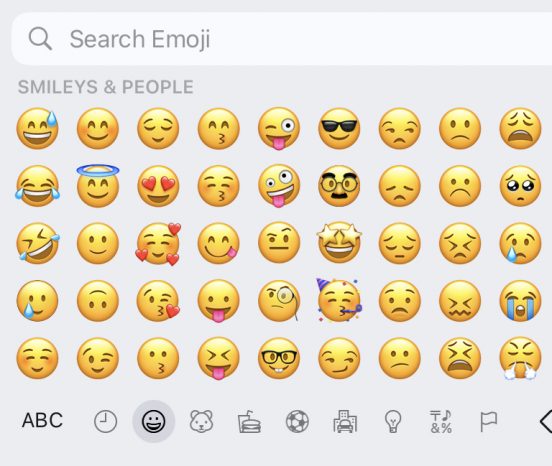

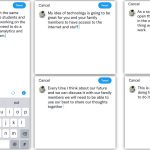

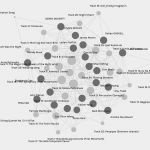
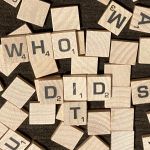
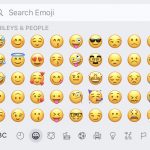
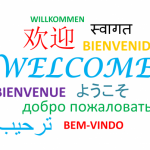
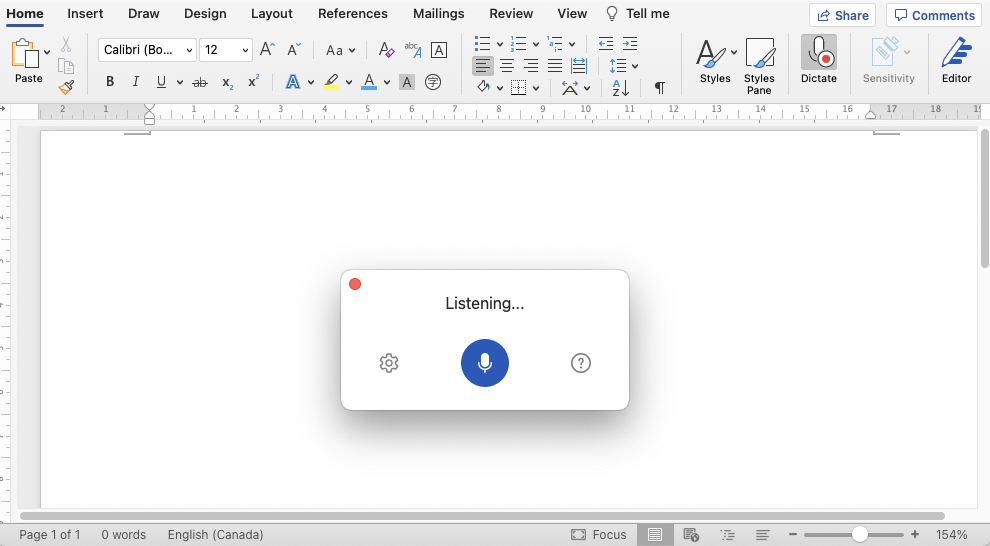

amy jazienicki
October 17, 2021 — 4:22 pm
Hi Ping,
Great to see someone else who has elected to tell the story of ‘Squid Game’ using only emojis! Your “retelling” of it was excellent, capturing many of the significant details of the narrative. Of course, having watched the series myself, I am able to “fill in the blanks” between emojis that might not convey the entirety of what happens in the story.
I found that I couldn’t use more negative words either (e.g., gun), so it was challenging to convey what happens in the series without such emojis. Similarly to your retelling, I also used emojis that might have somehow connected to death: you used a ghost emoji, and I repeatedly used a skull emoji after and even between each “game”. However, it seems we both had the inclination to use number emojis to denote the sequencing of the “games”, as well as the “explosive head” emoji.
I greatly appreciate you bringing up Zaltzman’s (2019) assertion regarding cultural context: pictorial content can have multiple and divergent meanings, depending on the reader’s cultural frame of reference. If someone has not watched the series, it would make for an entertaining time to see how they would interpret what you or I have created exclusively through emojis!
Excellent work, Ping.
ping cao
October 17, 2021 — 7:20 pm
I had compared our emoji stories and noticed a few things interesting. We are both trying to describe the whole series, not just one episode, so the details we choose probably represent how important that detail means to us in understanding the story.
In describing the title, you put the Korean flag, which I totally forgot about. Now think back. I probably did not think it was necessary because I watched Korean shows often when I was in University, so it did not pop up for me to be a unique detail that I needed to include. But looking at yours, I thought how inconsiderate I was, thinking everyone watches Korean shows just like I do.
I also chose the slot machine emoji to represent gambling because it is an important detail for me as gambling is illegal in China (excluding Macao). It raises a red flag for me instantly, and how everything that happens after is connected to the moment of gambling.
Like you have observed, we both used numbers, which reminds me of the lecture we watched in week two. We write the numbers the same way in both languages (Chineses and English). Therefore, the consistency is high when it comes to things that can be represented in numbers.
I chose to emphasize the beginning of the story, so a lot of details went into game one. For the rest games that happened after they restarted, I just included the number of the game and two emojis for the details, whereas you included both the games and what happened after the games. It is definitely easier to visualize with more emojis.
One last thing is about the format. I think me trying to make every line with only fours emojis may look clean but not represent the story best because of the lack of details. The reason is I didn’t watch everything in full because I didn’t have enough time. I got the main idea by watching episode one, and then I knew what would happen, so I just watched a YouTube video where the host discussed the rest of the episodes with some details.
natalie cheung
October 31, 2021 — 7:22 am
Hi Ping! I looked through most of the posts for this task and it seemed like many of our classmates chose Squid Game! You’re right to say that the title alone (when coded with emojis) can easily spoil the answer. It’s quite a literal transcription, and I agree that anyone with previous knowledge of this show or keeps up with mainstream popular culture would be able to decipher this, and “get” some of the less literal transcriptions in the rest of your story. I was also impressed by how concise and clear you were able to structure your story. I found mine to be a bit longwinded, so I really appreciate that yours is so succinct. I especially love the compact “text message” style of your creation, and that each scene and character was introduced consistently with four emojis. Although you mentioned that you wanted to avoid using too much repetition, I actually found that some of the repetition that you used was quite strategic, especially in distinguishing the game stages and pivotal scenes.
Your insightful thoughts on the decoding process really stood out to me, and Zaltzman’s quote that you shared in relation instantly caught my eye. In my own post, I had (rhetorically) asked if emojis could ever be universal, since situational context and upbringing could drastically affect interpretations of the literal and figurative meaning of these symbols. Would there be misunderstandings in decoding the meaning, even in tasks such as this? What a coincidence that I was able to find an indirect response to this question in your post! Your example with the Chinese New Year “firecracker” further stretched my reflection about emojis, as I often find myself relying on emojis that may have a figurative meaning or image associated with what I want to convey (especially in a different language). I think it’s also great to see that there has since been an expansion with the diversity of emojis we could use, especially pertaining to multicultural discourse.
And thank you for linking these interesting resources on emojis/encoding! I’ll make sure to check them out later.